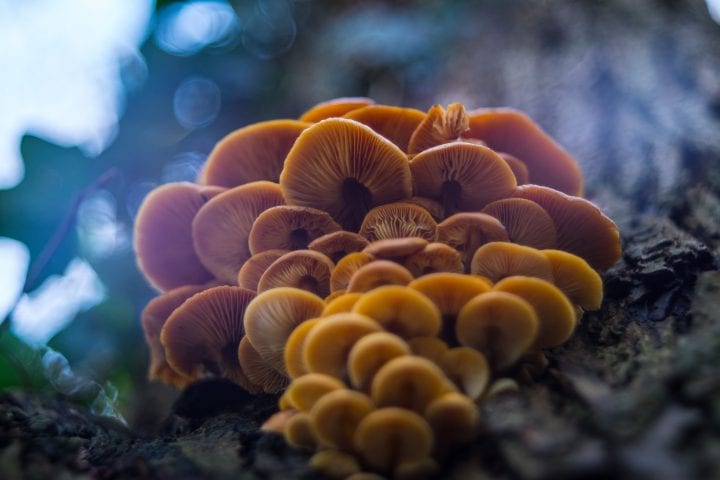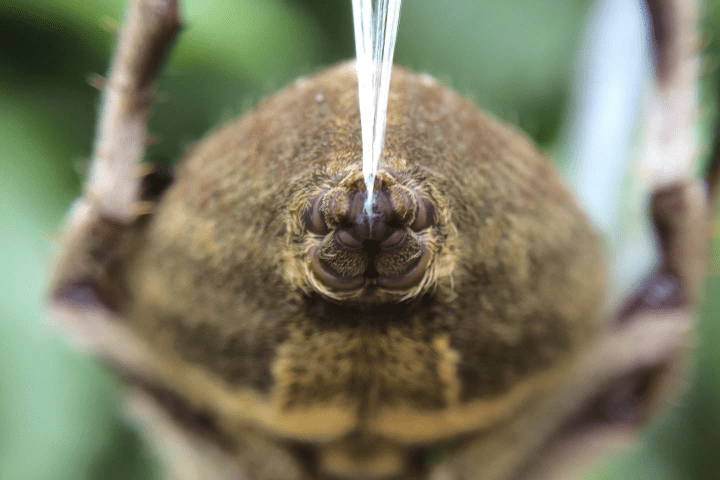Fronds of ladder brake ferns hyperaccumulate toxic arsenic using a special transporter protein that spatially isolates the chemical in vacuoles.
“The fern Pteris vittata can tolerate 100 to 1,000 times more
arsenic than other plants. Jody Banks, a professor of botany and plant
pathology, and David Salt, a professor of horticulture, uncovered what
may have been an evolutionary genetic event that creates an arsenic pump
of sorts in the fern.
“‘It actually sucks the arsenic out of the soil and puts it in the
fronds,’ Banks said. ‘It’s the only multi-cellular organism that can do
this.’…
“Banks and Salt found that the encoded by [an isolated] gene ends up in
the membrane of the plant cell’s vacuole. Salt said the protein acts as
a pump, moving arsenic into the cell’s equivalent of a trashcan.
“‘It stores it away from the cytoplasm so that it can’t have an effect
on the plant,’ Salt said.
“Banks said understanding how the Pteris vittata functions
with arsenic could lead to ways to clean up arsenic-contaminated land…
“The plant might have evolved to accumulate arsenic, Banks and Salt
theorized, as a defense against animals or insects eating them.” (ScienceDaily 2010)





